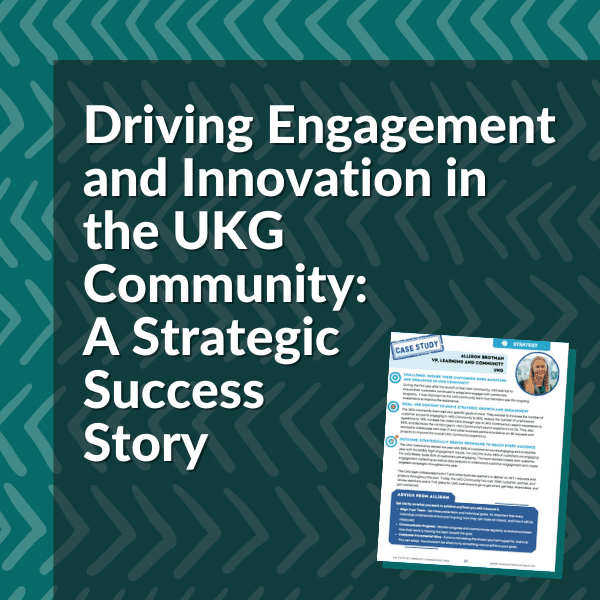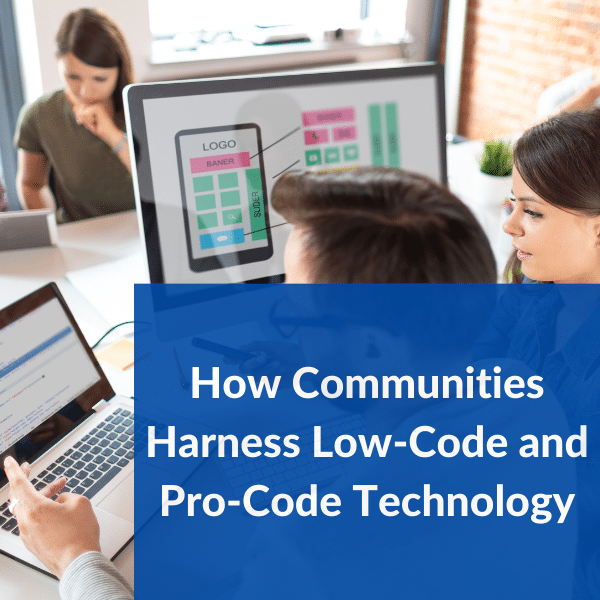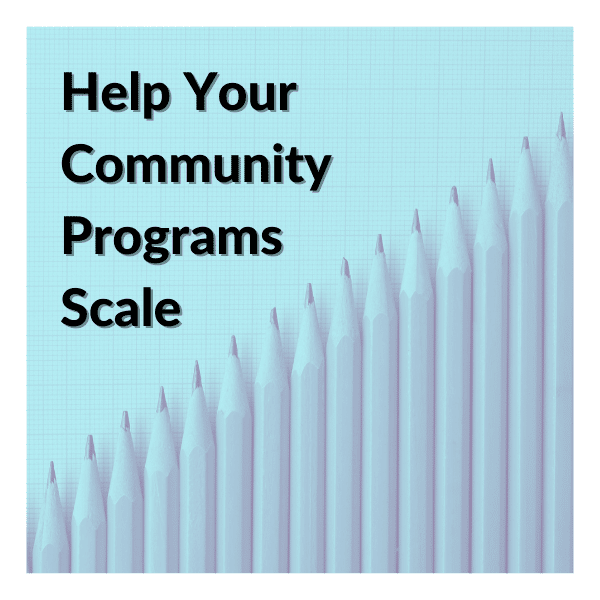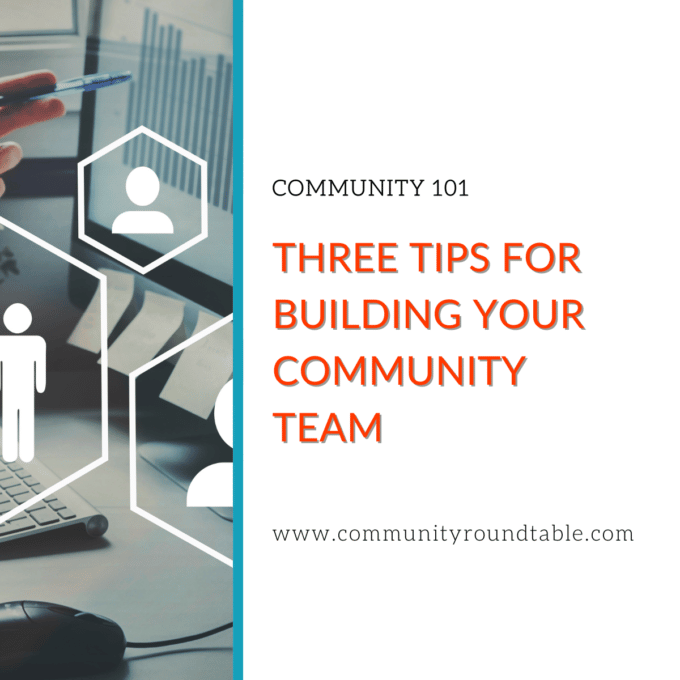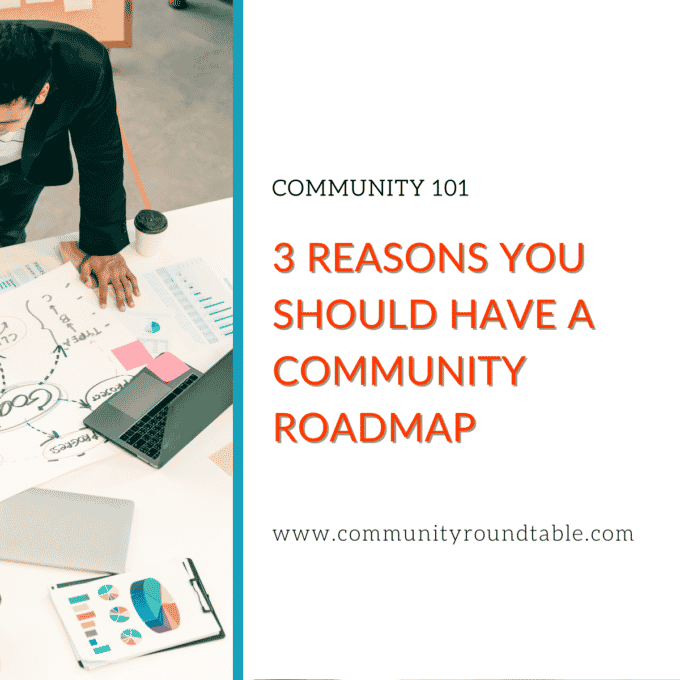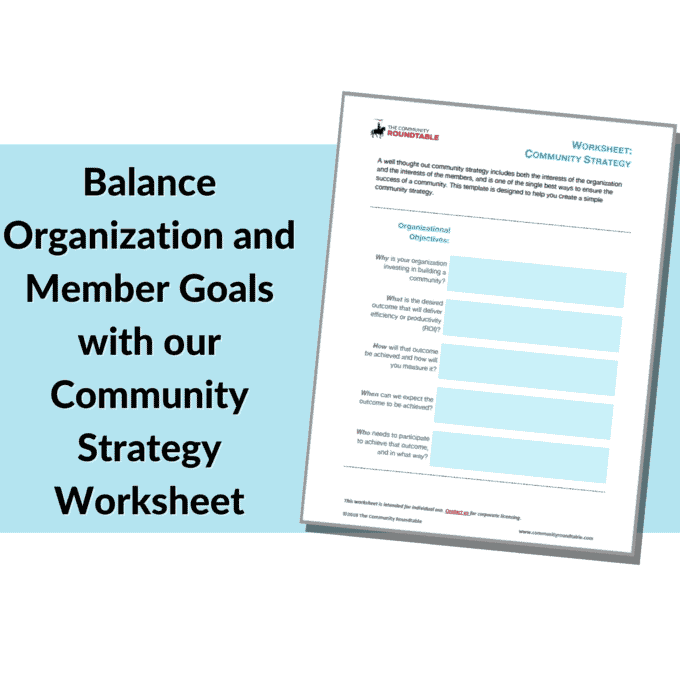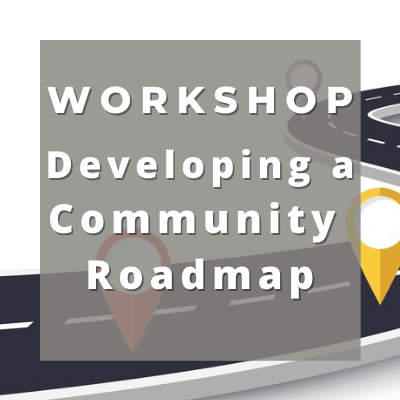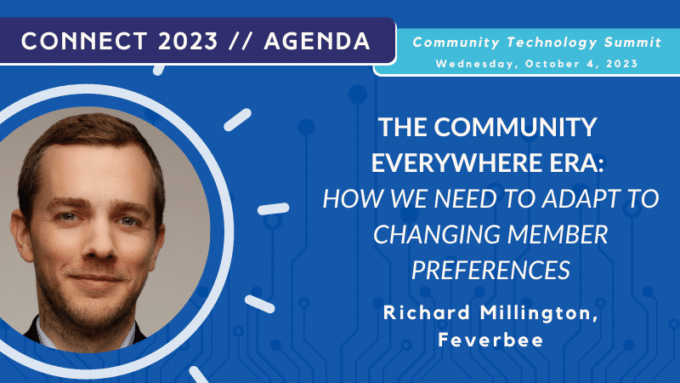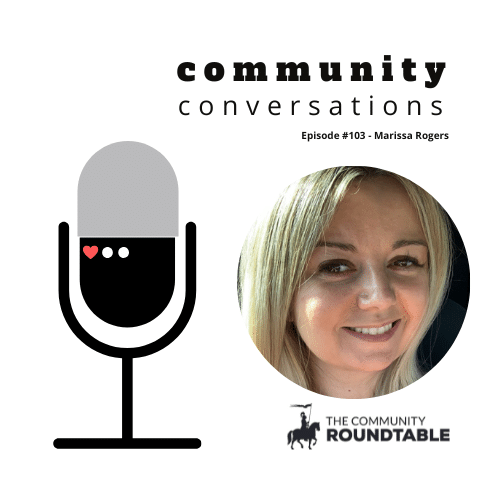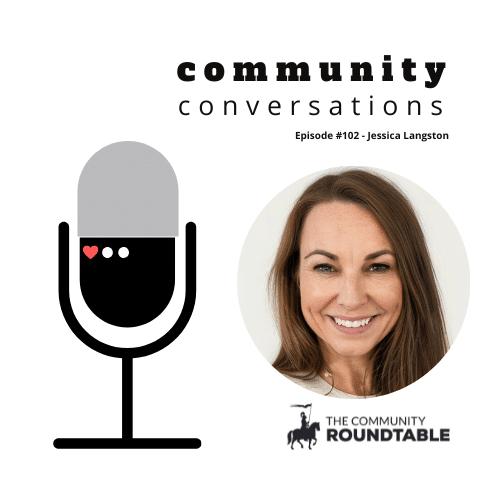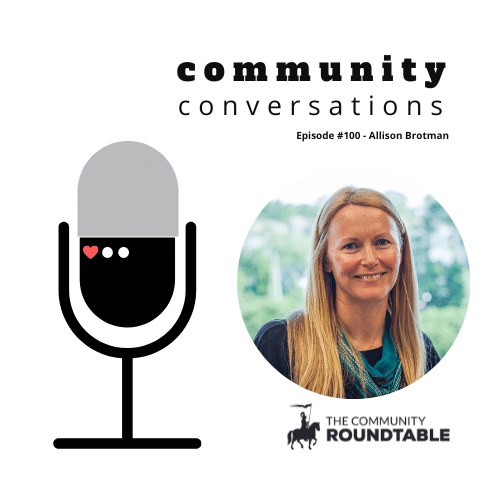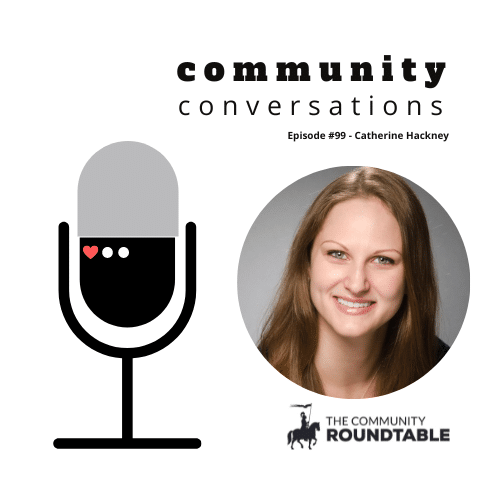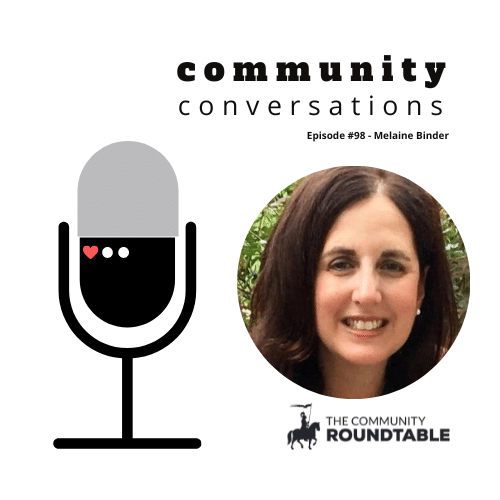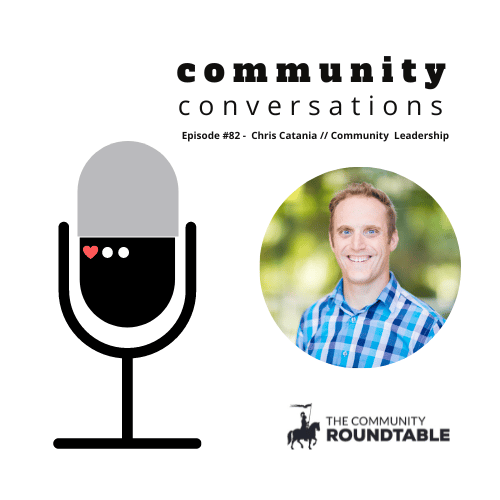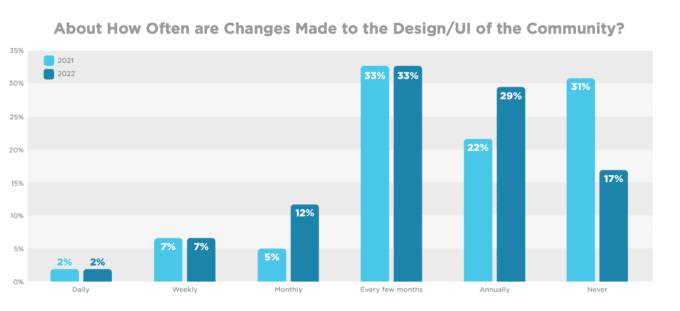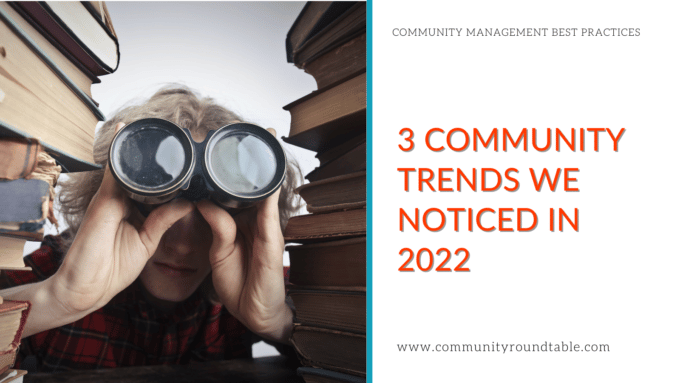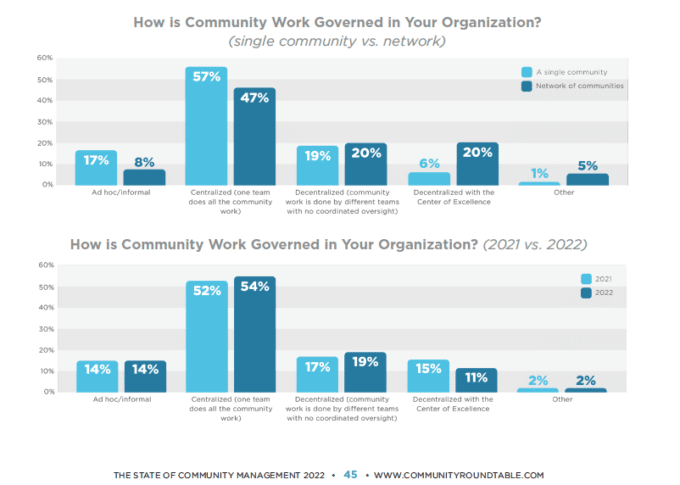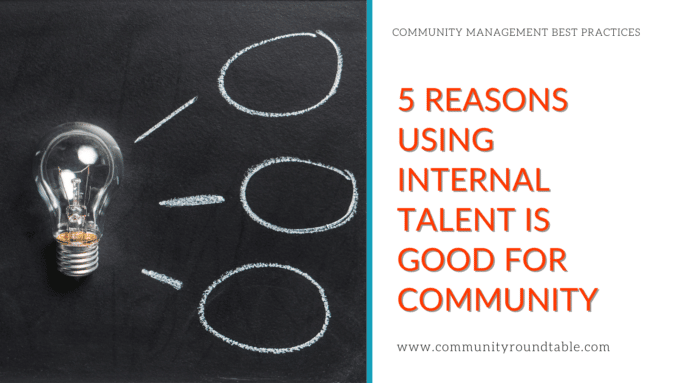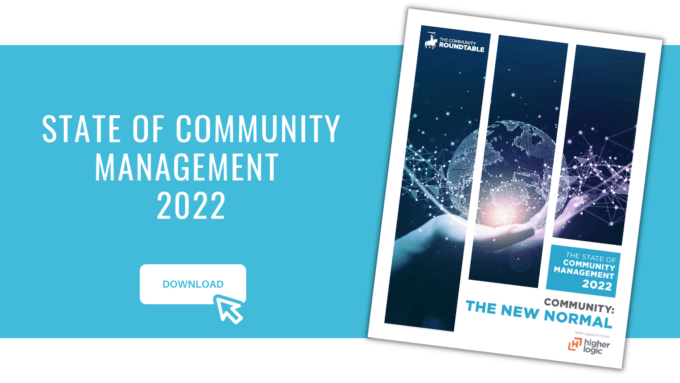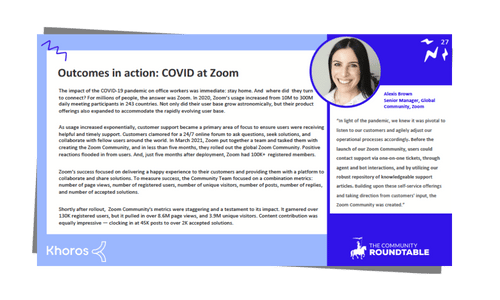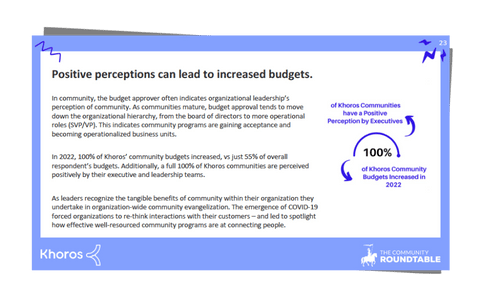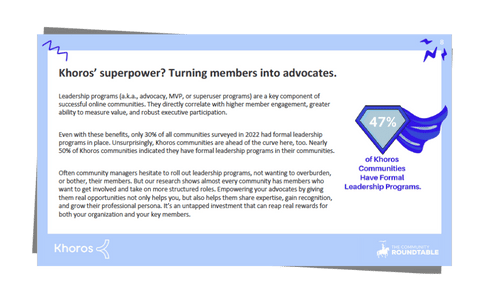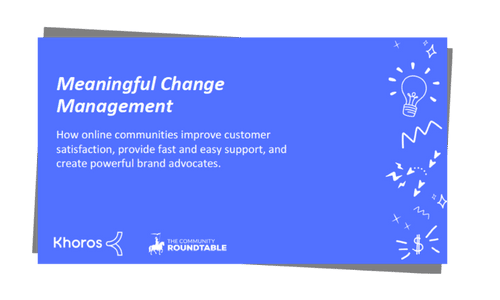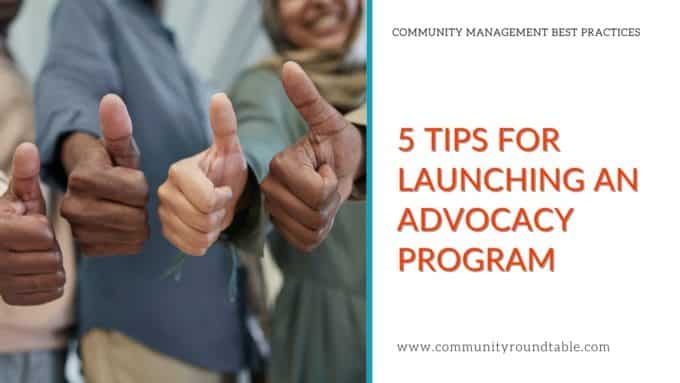Marketing Coordinator Claire O’Brien and The Network’s Community Manager Mary Emma Gary discuss the highlights from The Network in June and what members can expect to see in July.
Mentioned in the video: Five Reasons You Should Try Cohort-Based Job Searching, Connect 2024
What’s The Network?
The Network is the the world’s most trusted private, confidential membership organization for people leading the online community, collaboration, and change management efforts at global organizations.
Since 2009, we’ve connected global online community professionals with the peers, ideas, programming, and research they need to excel in their roles building innovative and effective online programs. You can access the same ideas, resources, and programming as community leaders at organizations including International Red Cross, Analog Devices, Inc, UKG, Doctors Without Borders, Esri, the American Association of Medical Colleges, Autodesk, SAP, BASF, Grundfos, and more.
